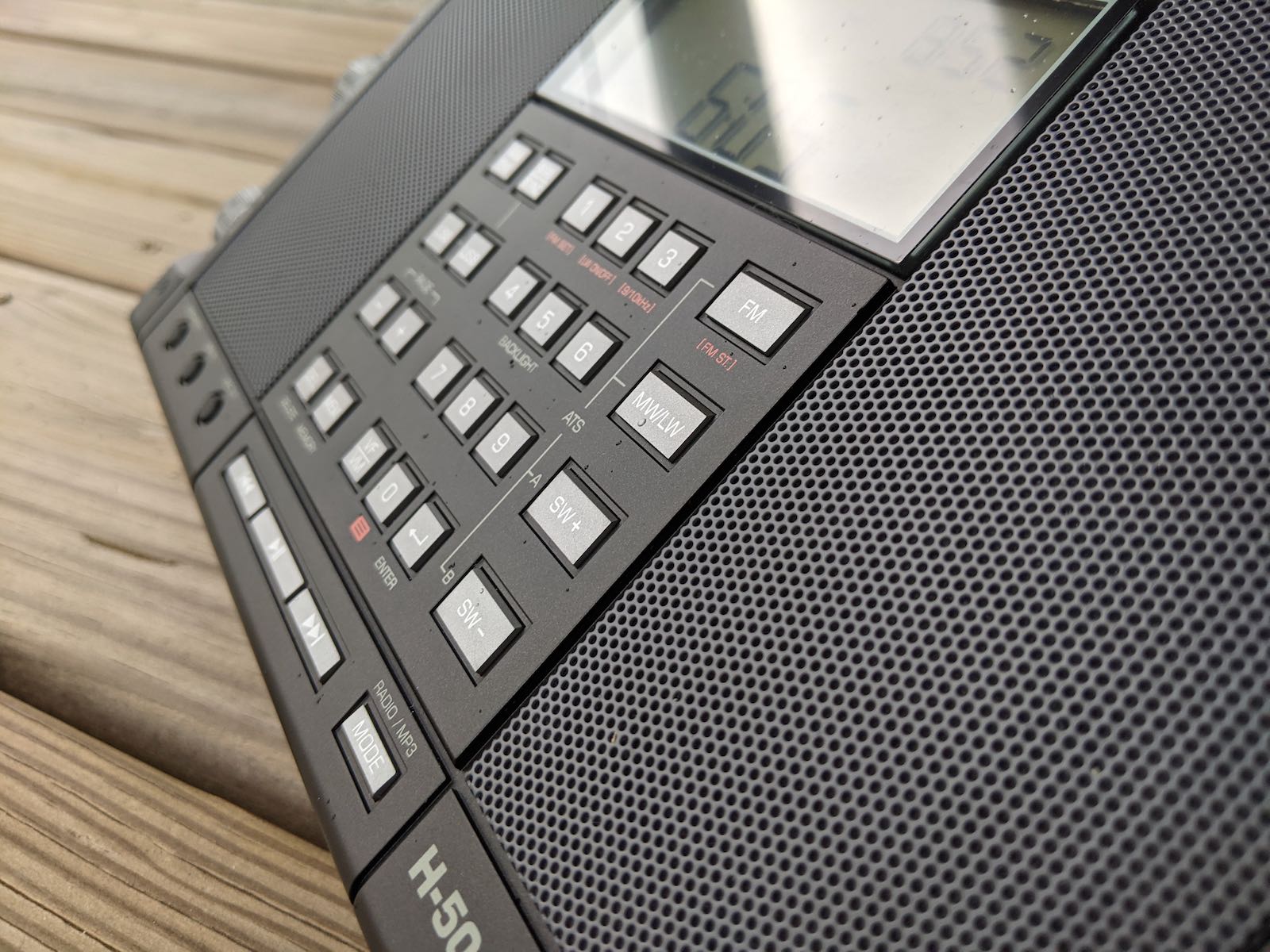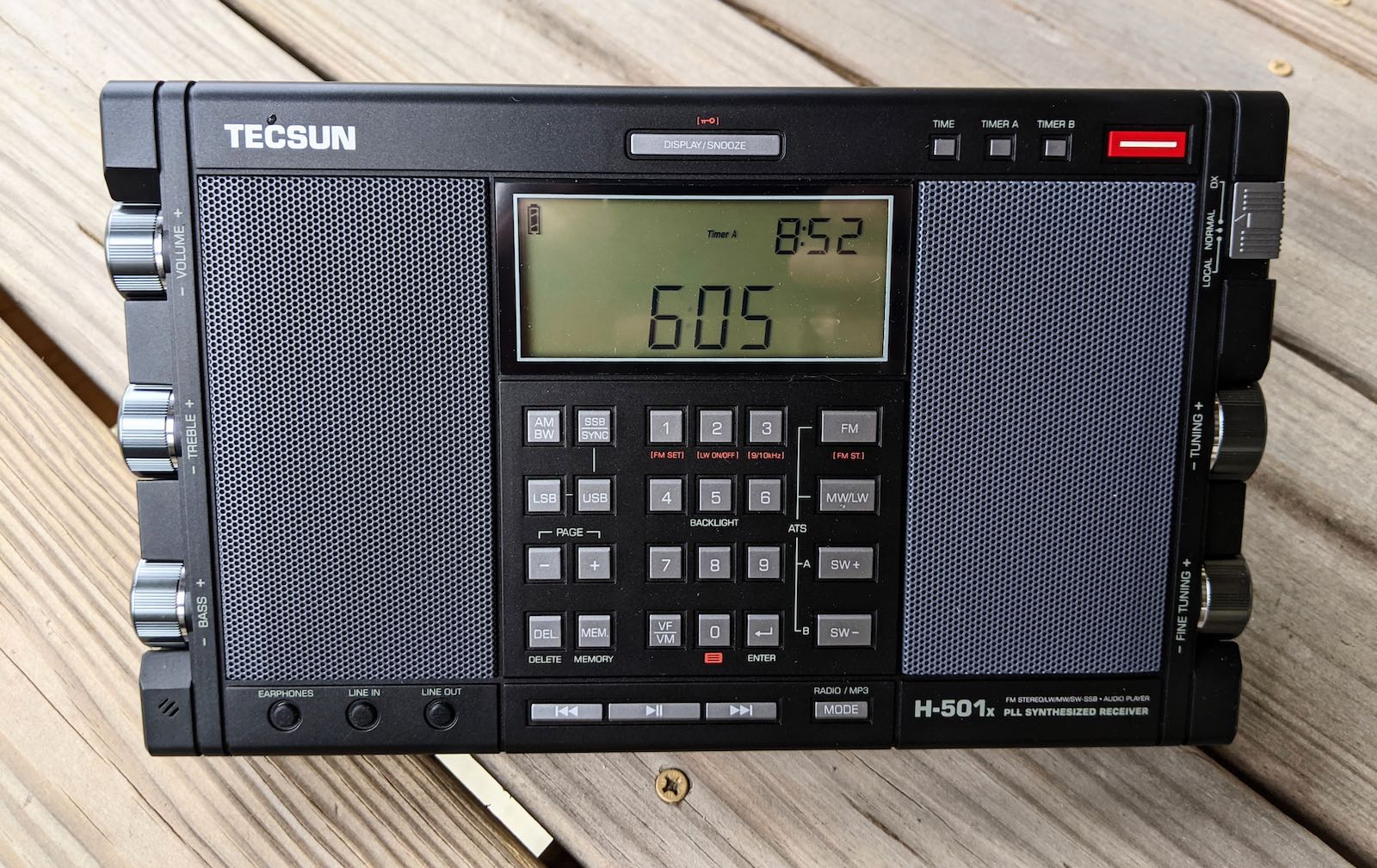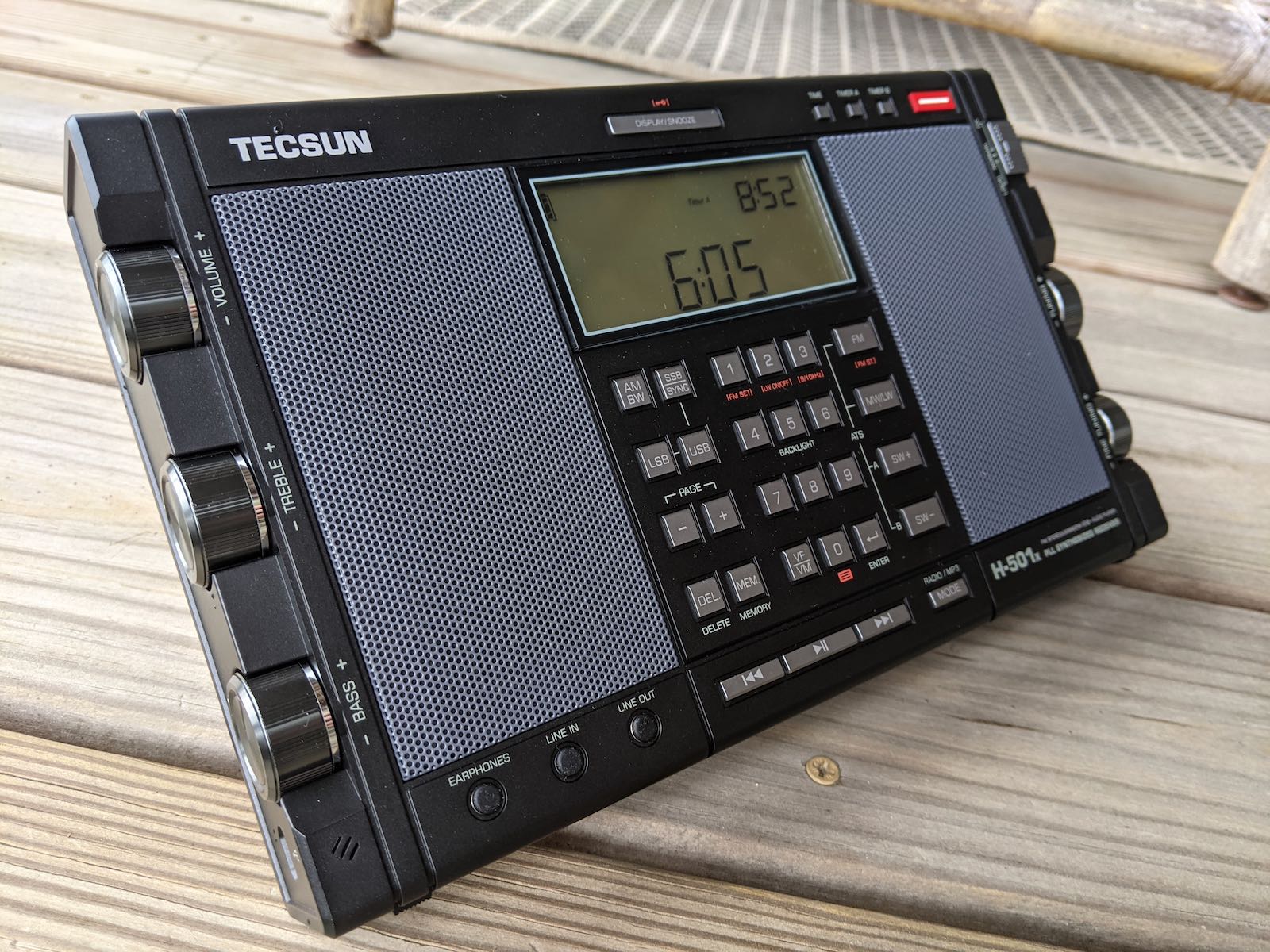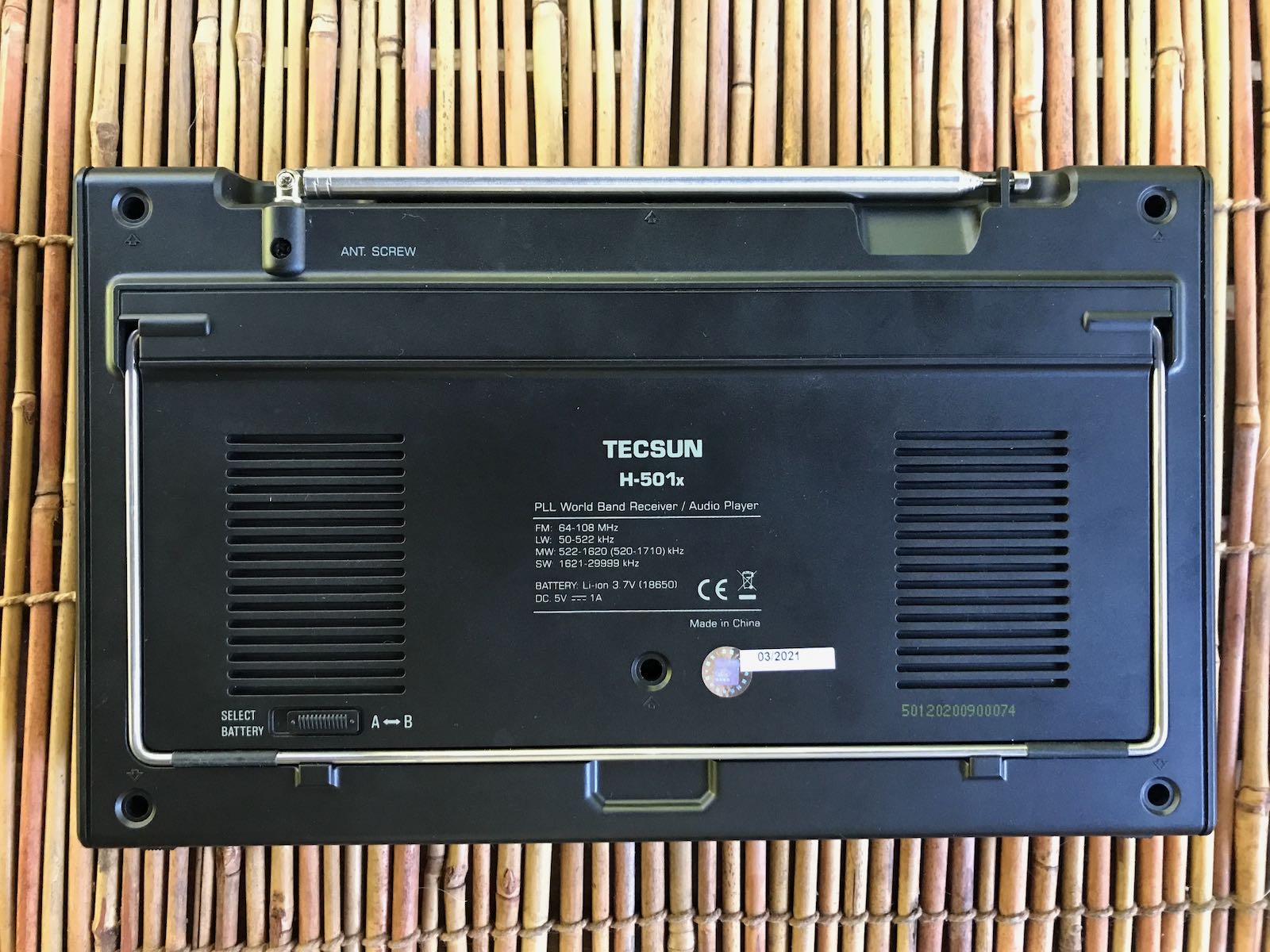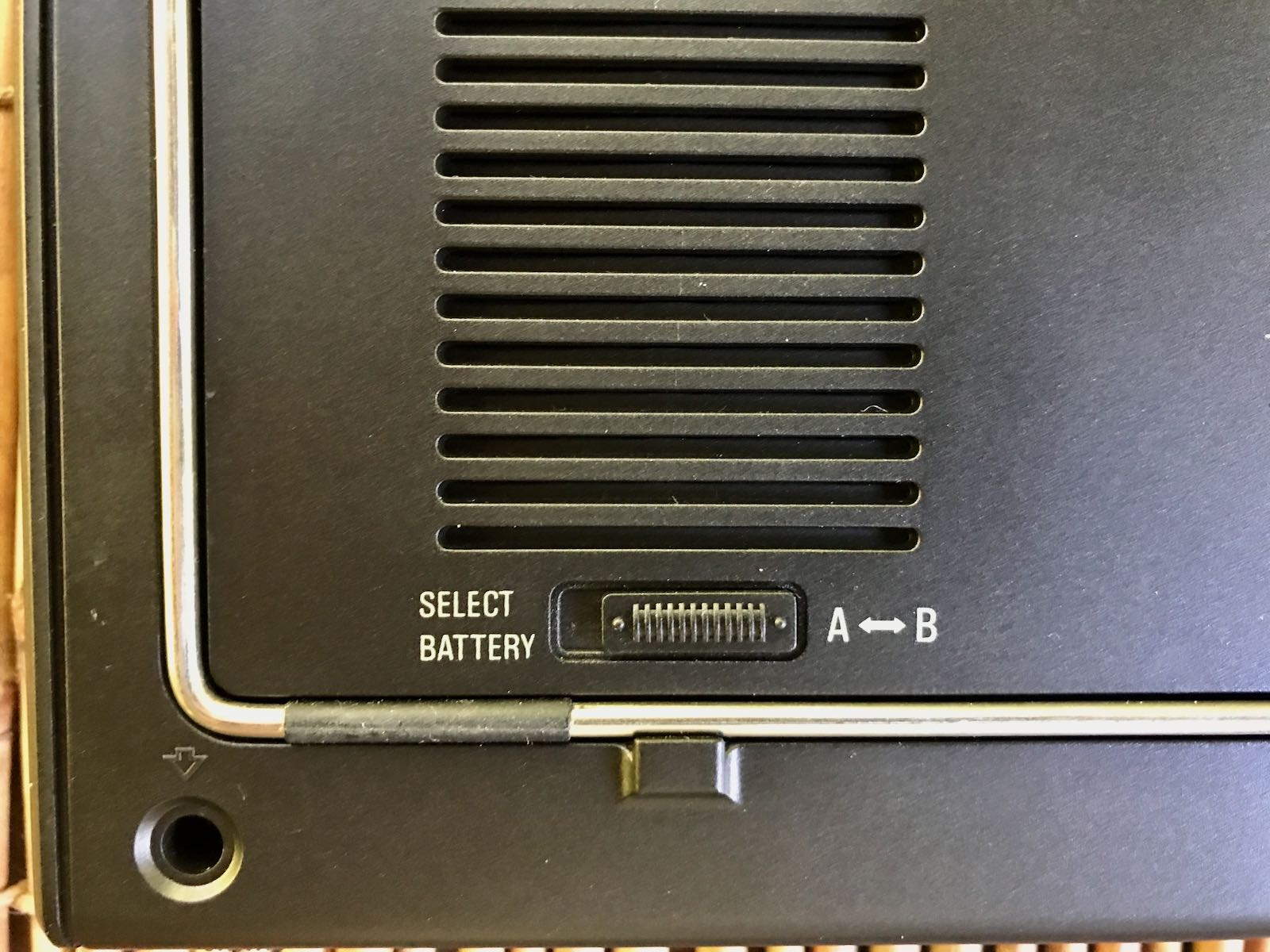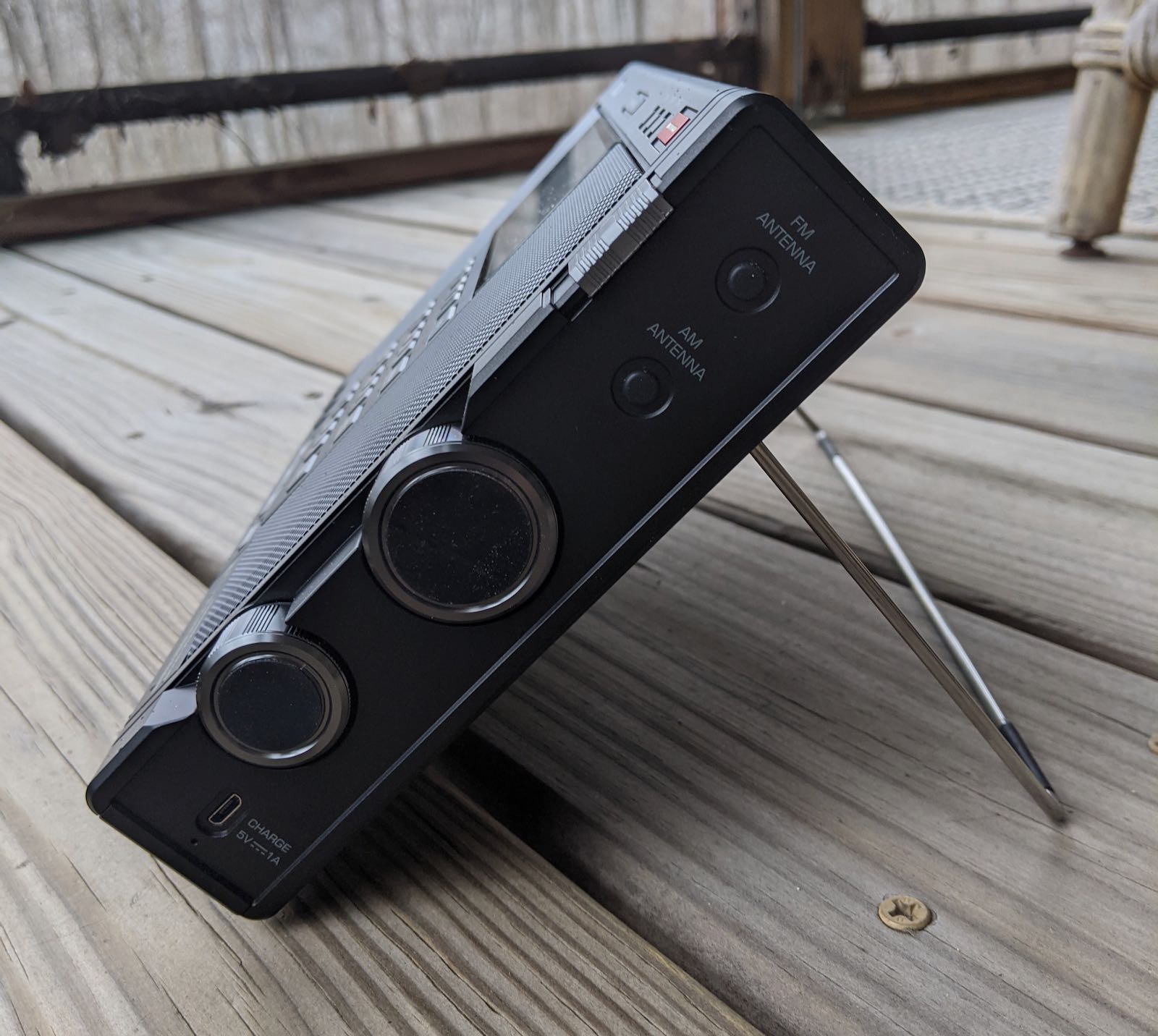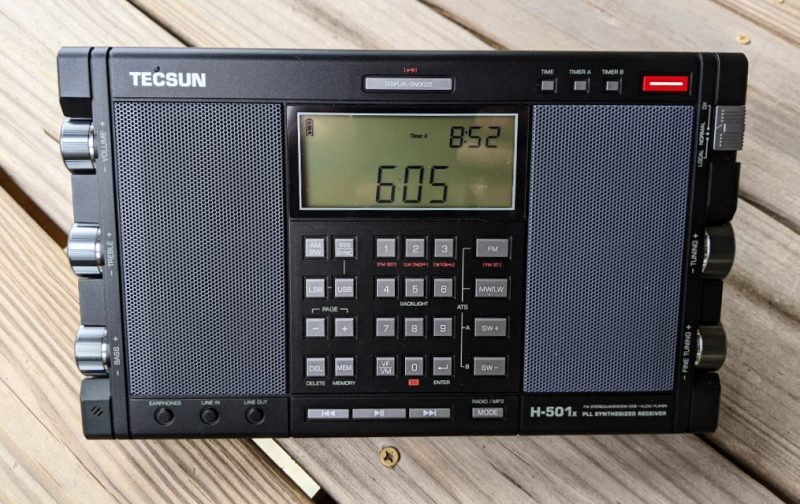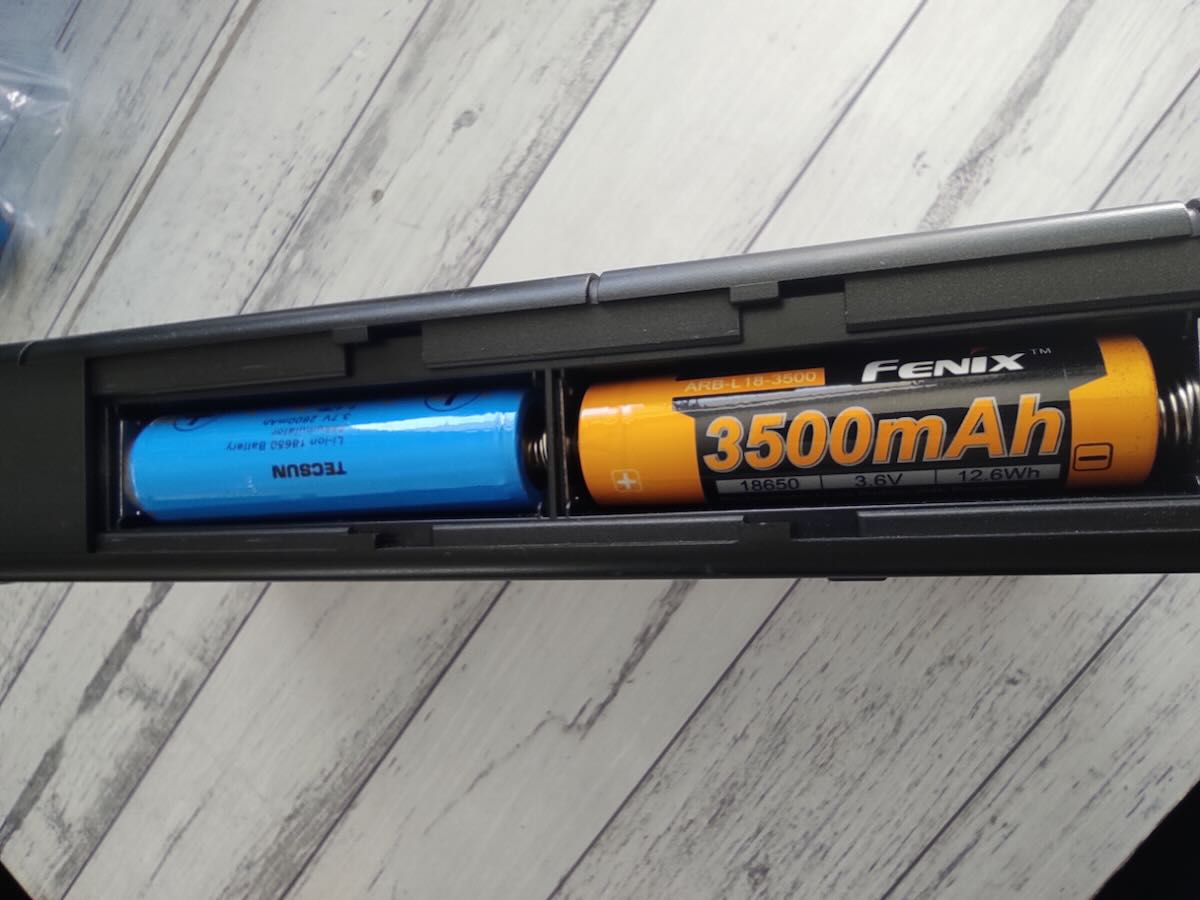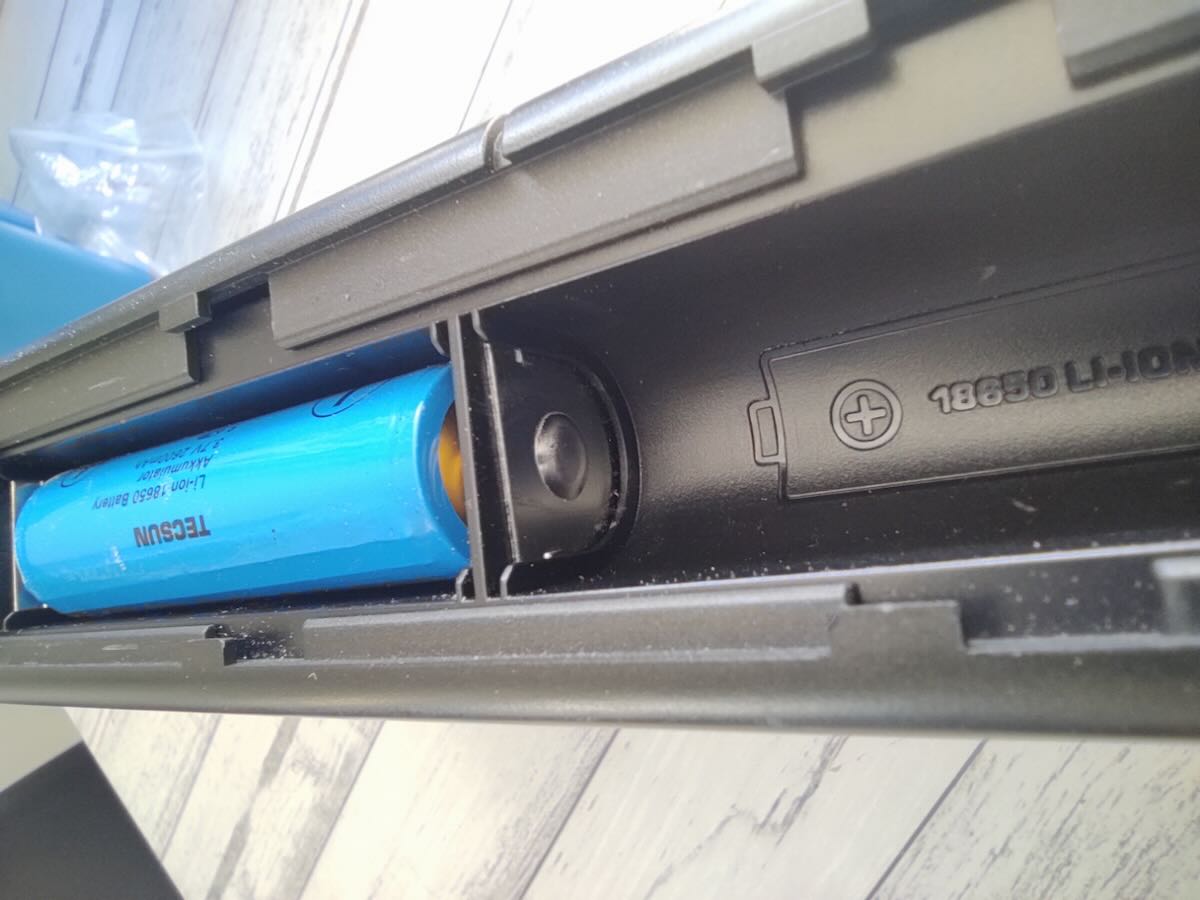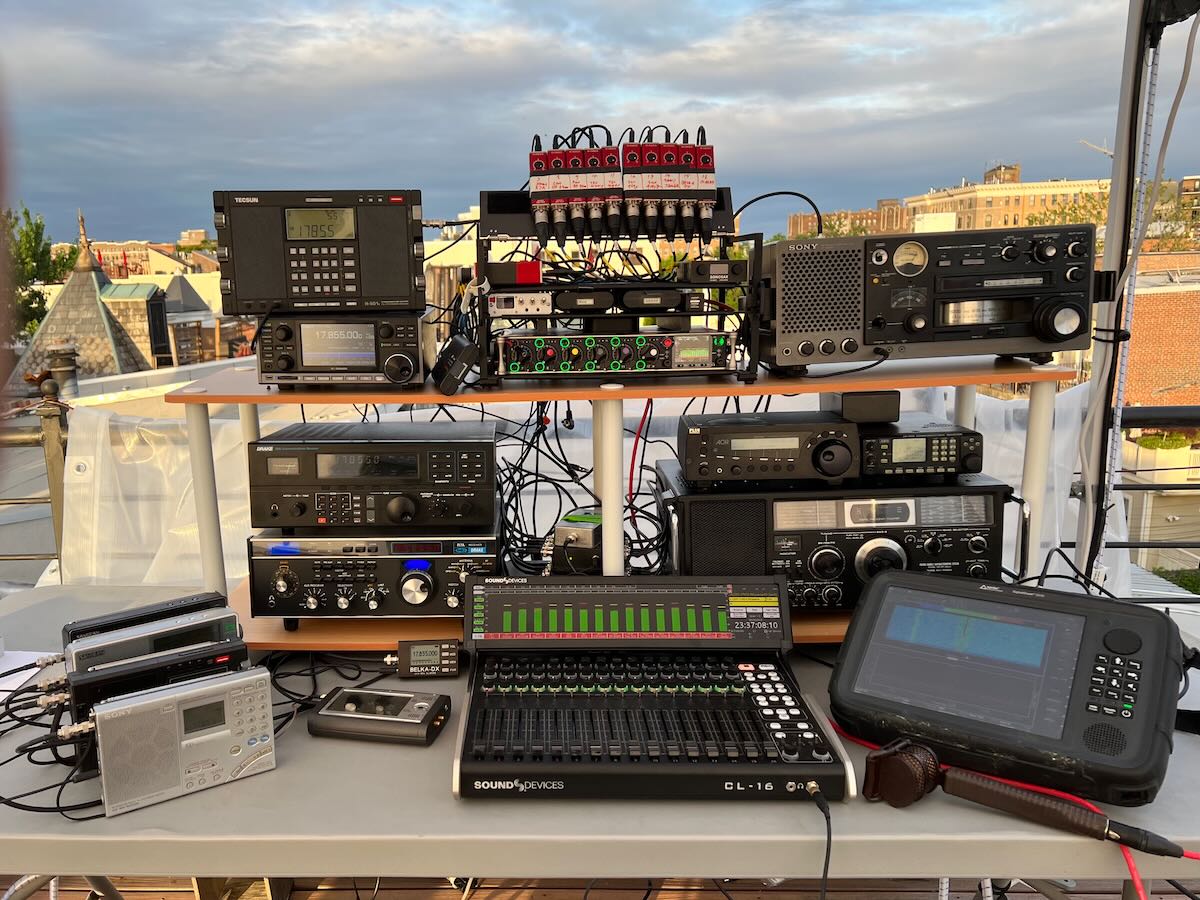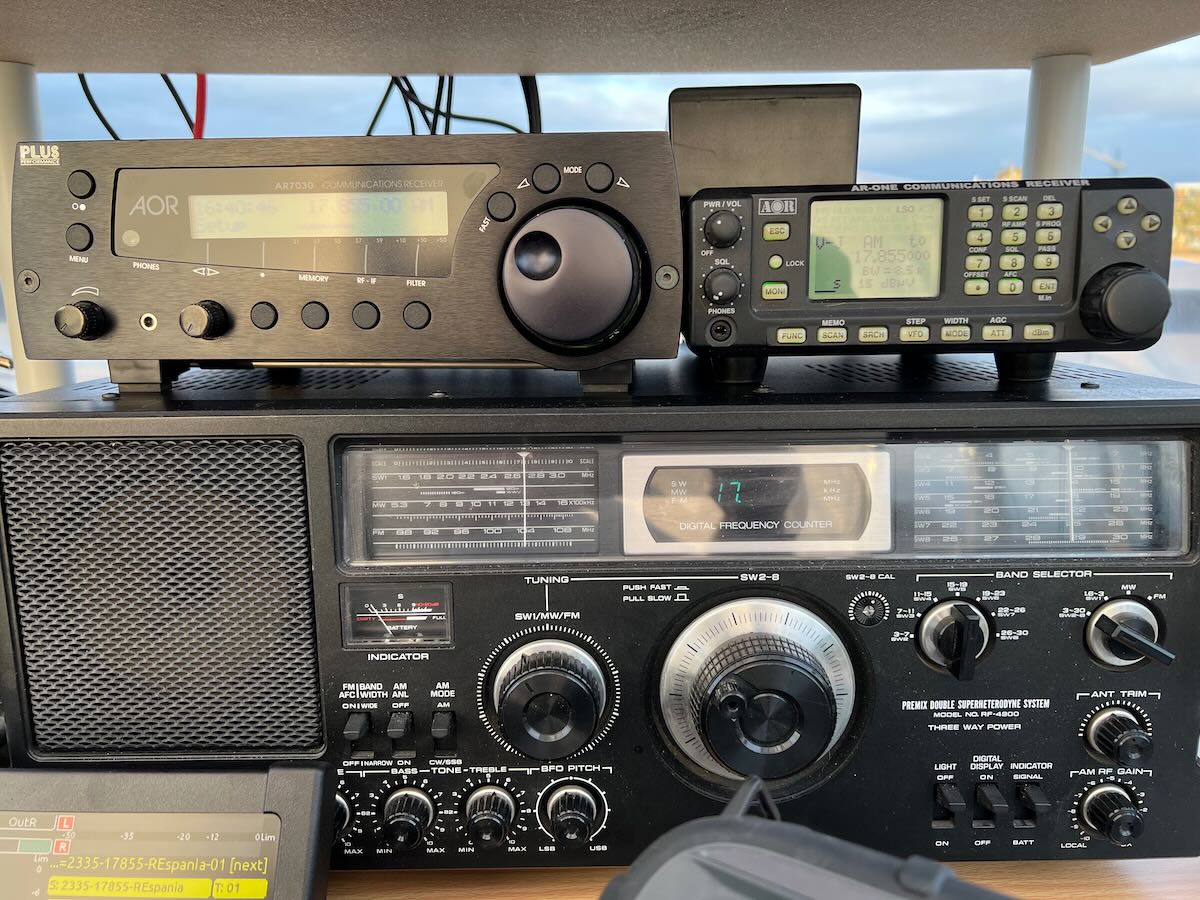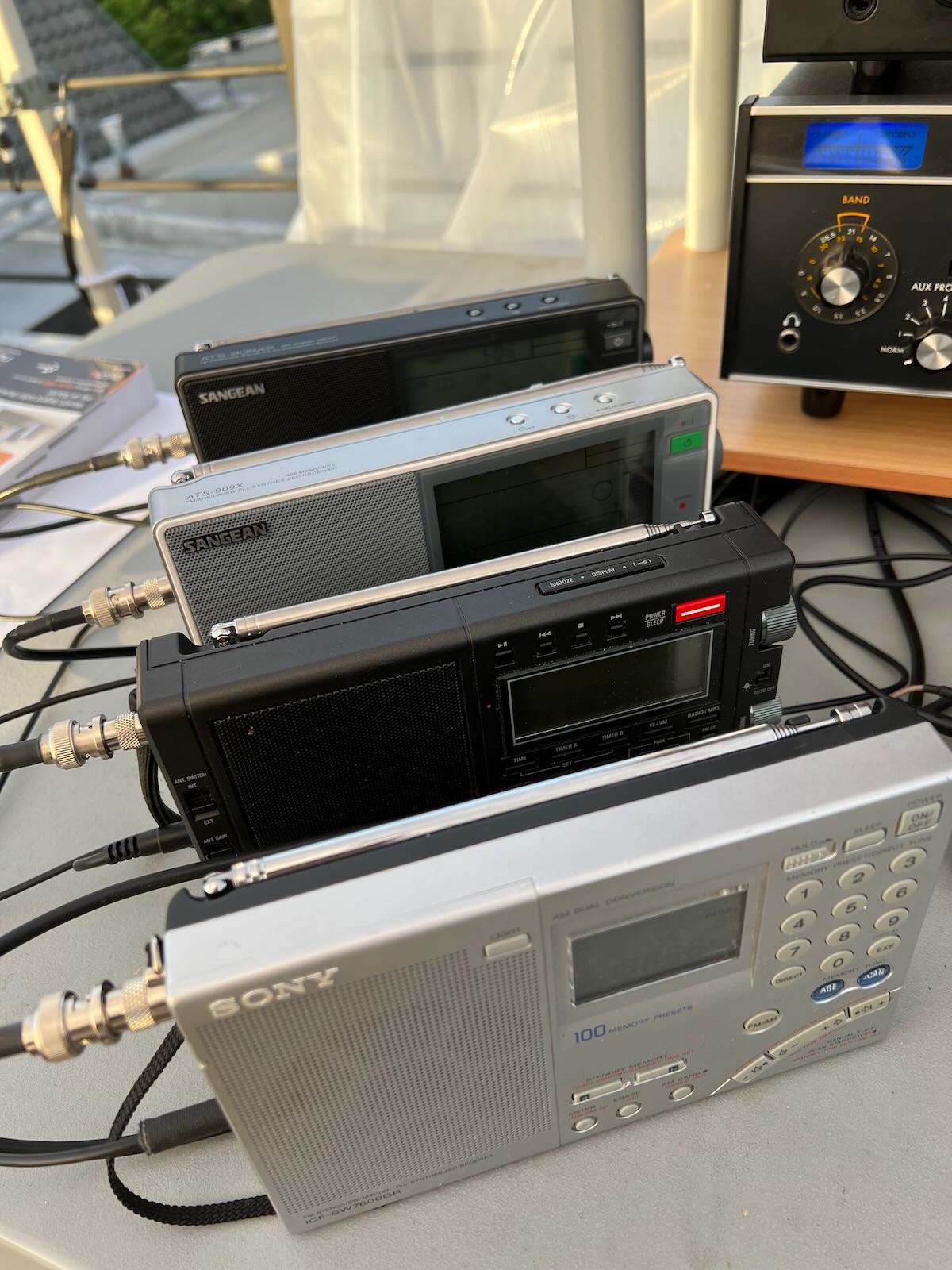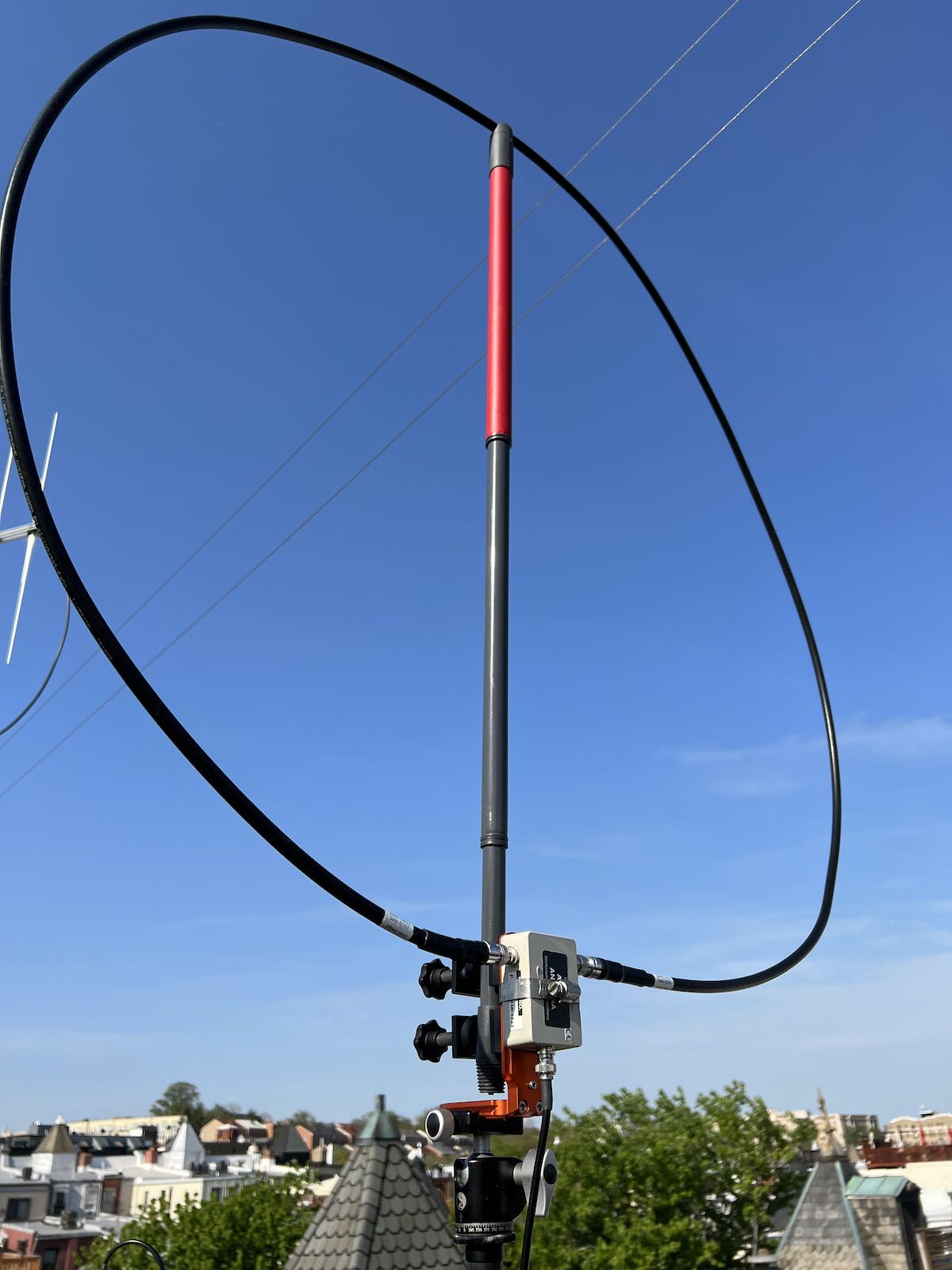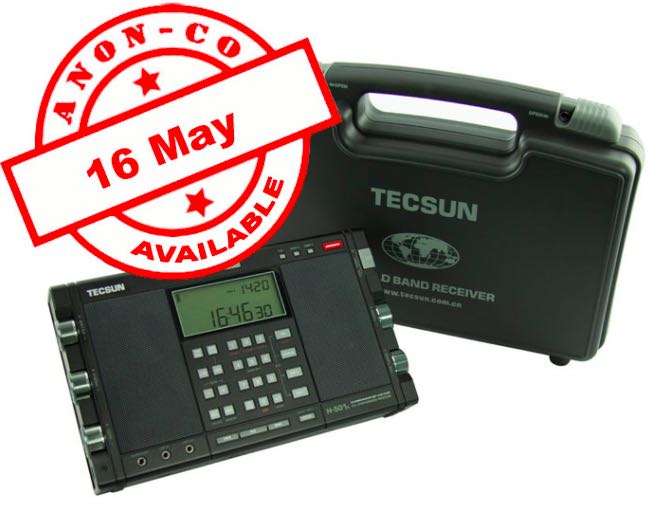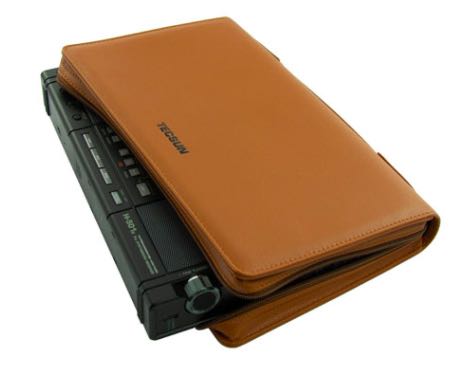Many thanks to SWLing Post contributor, Dan Robinson, who shares this update to his original Tecsun S-2200x review:
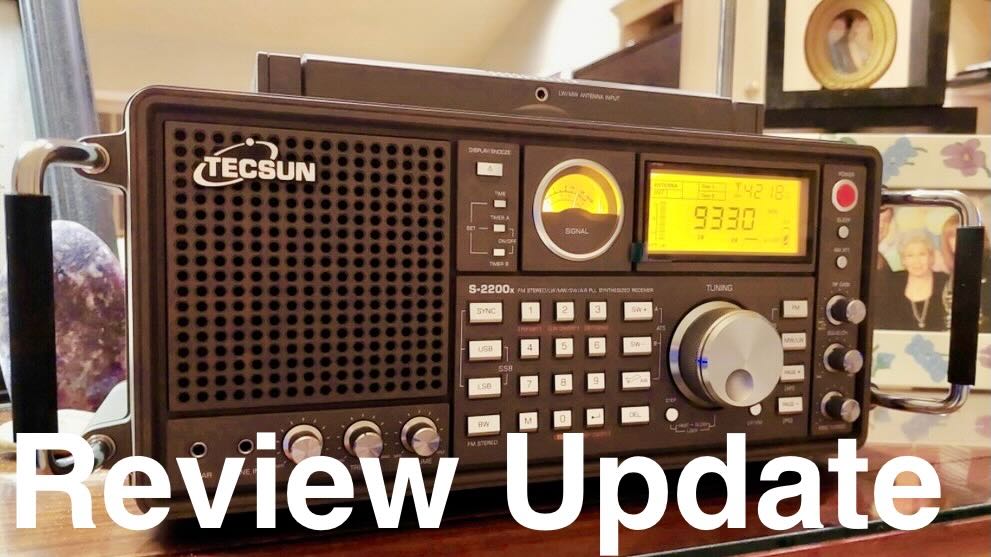 TECSUN S-2200x: Some Updates
TECSUN S-2200x: Some Updates
by Dan Robinson
Since my original Tecsun S-2200x review, I have run additional tests on the S-2200x and have the following observations, and responses to some comments. I continue to test this receiver, but conclude that really if one has to have just one radio – which I think is usually not the case – one cannot really go wrong with any of the Tecsun portables, whether the 2200x, or S-8800, H-501, or PL-990. With that said, here are my additional observations on the 2200x:
OVERALL RATING: At the end of my original main review, I said that assuming Tecsun can maintain a high level of QC in production, and considering that the important RECAL feature has been retained, and that the radio has no muting, I would give the S-2200x a 4.8 out of 5. This would increase if Tecsun can address the slight alignment issue on the rotatable antenna, the issue in which SQUELCH does not completely silence audio.
However, after extensive testing, I feel that the problem of SYNC losing lock and generally sounding unstable takes the 2200x down a few notches. At present, the receiver is an attractive package with its retro styling, really nice and smooth main tuning knob, no soft muting and recalibration. However, the fact that synchronous mode has still not improved over the H-501/PL-990 means I would rate the 2200x at no more than a 4.5. Had Tecsun taken steps to improve SYNC – if it’s at all possible using the current chips — the radio would easily be several rating points higher.
AGC/SYNC: SYNC mode on the 2200x struggles, especially with weaker signals and regardless of bandwidth. As an example, testing on 15,575 khz (South Korea) using the telescopic and an an external long wire showed that in synchronous, there was a good amount of “pulling” with the signal, which was only at a fair level. The question of whether Tecsun has made any changes to SYNC mode between the H-501/Pl-990 and S-2200x remains, and we would hope to hear from them on this issue.
Here is an additional video showing both the 2200x and a H-501x in SYNC mode on a strong signal. Both receivers exhibit some less than satisfactory SYNC performance, though the 2200x sounds a bit worse:
Reader comments always spark additional thinking. As one user observed, Tecsun could have added AGC FAST/SLOW/MEDIUM options in addition to providing AGC and adjustable manual gain. It is definitely a good thing that SYNC as well as LSB/USB operate not only on SW, but also in AM and LW.
SSB: One reader asked if SSB performance on the 2200x has “the same woeful SSB audio quality issues caused by AGC and a low cut off frequency of around 300 hz making the audio sound thin, lacking bass while on SSB?” The reader also notes that these are “issues with every single Tecsun and most other DSP radios and due to the cost of these radios one should expect perfect performing and sounding SSB.” To adapt a quote from one of my favorite Clint Eastwood movie lines (“Deserves got nothing to do with it”) in this case I will say that Perfect has nothing to do with it. We’re all enjoying a mini-boom in the appearance of new receivers – to expect absolute perfection from a DSP-based receiver is sadly, unrealistic. SSB on the 2200x is probably about as good as it can get. The fact that fine tuning on the 2200x is so smooth is a very good thing.
ANTENNA: I have tested the 2200x using telescopic versus external antennas, including a long wire, W6LVP, Wellbrook and Chameleon loops. Reception is further enhanced with external antennas. The three ATTENUATION positions on the 2200x help to keep any overloading down.
RDS: A number of users/viewers have commented on the absence of RDS in the 2200x. This is indeed a good observation – seems that it would have been easy for Tecsun to include this, and one wonders if the company will consider adding this as a feature not only in the 2200x but H-501/PL-990 as well. However, I believe that Tecsun has just chosen to not increase costs and thus, no RDS.
AC POWER: As everyone probably sees, there seems to be no way to run the receiver on AC power. There is a dual USB-A cube included in the package, but as we have found, running receivers while they are charging is not a good idea. The 2200x does appear to charge fairly quickly via the USB-C port. Anyone with radios using 18650 batteries should invest in at least one good quality charger – these are available at any of the well-known professional battery/flashlight online sellers.
TUNING KNOB: Yes, the main tuning knob still exhibits wobble. It’s a puzzle as to why this can’t be resolved, especially years after the original Grundig 750 emerged and the old models continued to have this issue for years. But the action of the knob itself is really smooth and it’s a pleasure to tune this radio, at least based on the sample I have here.
In the end, our purchase decisions are driven by a number of factors – some potential 2200x buyers may not be as concerned with ongoing SYNC issues, while others might reject a new receiver outright based on this issue. The 2200x offers basically the same features as the H-501/PL-990, but adds AIR band and an excellent mediumwave rotatable antenna, and these facts alone may be enough to justify a purchase of the new radio.

